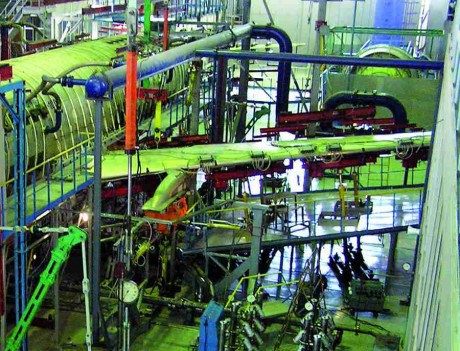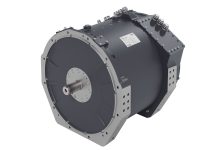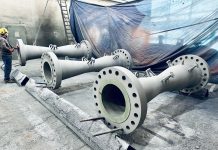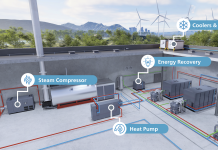Digital servoactuators are the electrohydraulic solution for the working life prediction of any critical part in avionics, automotive, railway and marine sector. A reliable support in safety qualification.

Avionics, automotive, railway and marine are some of typical industries subject to more and more severe safety standards according to domestic and international legislation. In these sectors the prediction of reliability and service life is the daily challenge of engineering teams just looking for the most advanced stress-analysis technique to secure the appropriate safety target and to avoid possible catastrophic failures.
Every part and component of the vehicle must be stressed through specific fatigue and endurance tests to simulate all the extreme operating conditions and to identify the potential faults just in the early qualification steps of the design.

The Italian company Atos has expressly designed a new range of high-performances digital servoactuators (fig. 1) targeted to these special applications and developed in strict cooperation with leading worldwide Oems.
The digital servoactuator consists of a low friction cylinder with integral position and force transducers and a servoproportional valve with on board digital controller.
The integration of the digital electrohydraulic controller (fig. 2) makes the new servoactuator a smart and compact motion unit capable to carry out “standing-alone” motion cycles with combined position, speed and force closed loops, realized thanks to the feedback from the relevant on-board transducers.
The available fieldbus interfaces (CANOpen or PROFIBUS DP ) allow a quick data transmission to the system’s electronic central unit for easy motion control, enhanced diagnostic and maintenance capabilities.

Civil aircraft case-study
Civil aircrafts are liable to specific stress tests mirrored on the resistance of the composite material of the wings and on the “center wing box” where the wings join the fuselage transferring the load.
Multiple digital servoactuators are positioned along the wing to bend and stress both frame and skin panels up to the maximum load the wing is expected to bear in service for checking possible material delamination and structural flaw.
The integral digital controller allows to program synchronous time-dependent force profiles and to select multiple operating strokes on each servoactuator according to the variable wing shape and cross-sections thanks to a specific and powerful algorithm.
In addition redundant load cells and safety hydraulic circuit fit the servoactuator to protect the wing in case of emergency during the trial.



